Aeration is a beneficial practice for maintaining a well-drained, healthy, and disease-free lawn. While not essential for all lawns, it can significantly improve lawn health under certain conditions. Here’s why and when you should consider aerating your lawn:
Benefits of Aeration
1. Improves Soil Drainage:
– Helps water, air, and nutrients penetrate deep into the soil, promoting root growth.
2. Reduces Soil Compaction:
– Relieves compaction caused by heavy traffic, allowing roots to spread more freely.
3. Enhances Nutrient Uptake:
– Improves the effectiveness of fertilisers by allowing them to reach the root zone.
4. Promotes Healthier Grass:
– Encourages a stronger, more resilient lawn that can better withstand stress from drought, pests, and diseases.
When to Aerate Your Lawn
1. Heavy Traffic Areas:
– If your lawn experiences a lot of foot traffic from kids and pets, it likely suffers from soil compaction. Aerating these areas can help alleviate compaction and improve grass health.
2. Seasonal Drying and Waterlogging:
– Lawns that dry out easily in summer or become waterlogged during wetter months, particularly those with clay soils, benefit greatly from aeration. It helps improve water movement and reduces the risk of waterlogging.
3. Moss Build-Up:
– A substantial build-up of moss over winter can indicate poor drainage and compaction. Regular aeration can help prevent moss by improving soil conditions.
How to Aerate Your Lawn
1. Choose the Right Time:
– The best times to aerate are during the growing seasons – early spring or autumn. This allows the grass to recover quickly and fill in the aeration holes.
2. Select an Aerator:
– Use a garden fork for small areas or a mechanical aerator for larger lawns. Spike aerators create holes by pushing spikes into the ground, while core or plug aerators remove small plugs of soil.
3. Prepare Your Lawn:
– Mow the lawn and water it lightly a day or two before aerating. This softens the soil, making aeration easier.
4. Aerate Evenly:
– Aerate the entire lawn evenly, focusing more on high-traffic areas and spots with poor drainage. For core aeration, leave the soil plugs on the surface to decompose and return nutrients to the soil.
Regular Aeration
Frequency: For most lawns, annual aeration is sufficient. Lawns with heavy traffic or clay soil may benefit from aeration twice a year.
By incorporating regular aeration into your lawn maintenance routine, you can ensure a healthier, more resilient lawn that stands up to the challenges of heavy use, seasonal changes, and potential disease issues. For more information please read our article Do I Need to Aerate My Lawn?










